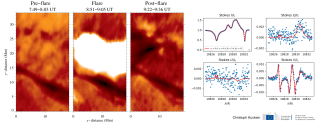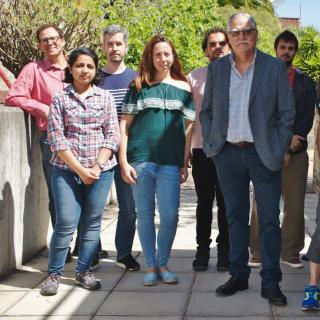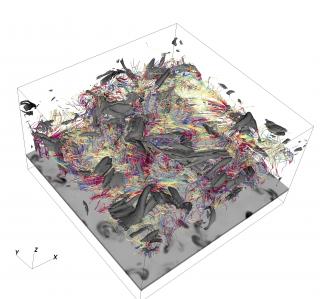
Although located at 150 million kilometers from Earth, the Sun is in our immediate neighborhood compared with all other stars. The observation of the Sun along the decades has provided amazingly detailed views of the structure and day-to-day life of a star; the high-resolution observations achieved from Earth and space in recent years, in particular, have facilitated reaching deep theoretical insights concerning the structure and evolution of stellar atmospheres and interiors.
The Sun constitutes a physics laboratory where the complex interactions between the matter (atoms, electrons and ions, or molecules) and the magnetic field can be studied in conditions difficult to reach in devices on Earth. Of particular interest for the public are the spectacular phenomena displayed by its atmosphere, its role in generating the magnetized clouds that, after traversing the interplanetary space, can impact on Earth's magnetosphere and lead to the potentially dangerous solar storms, and the mysteries of the solar interior. Understanding of all those phenomena is gained by a combination of refined theoretical methods and direct or indirect observation using leading-edge technologies.
The solar physics group at the IAC enjoys a leadership position in different branches of solar research in the world. This is exemplified by the award of four large research grants by the European Research Council in the past years to researchers of the group, by its leading role in the European Solar Telescope project, and by its participation in other international networks and instrument projects. Globally, the group combines theoretical methods (magneto-fluid dynamics and plasma physics, radiation transfer), including 3D numerical radiation-MHD modeling, and state-of-the-art observational and diagnostic techniques, to achieve deep understanding of what constitutes and drives the structure and activity of our star.




